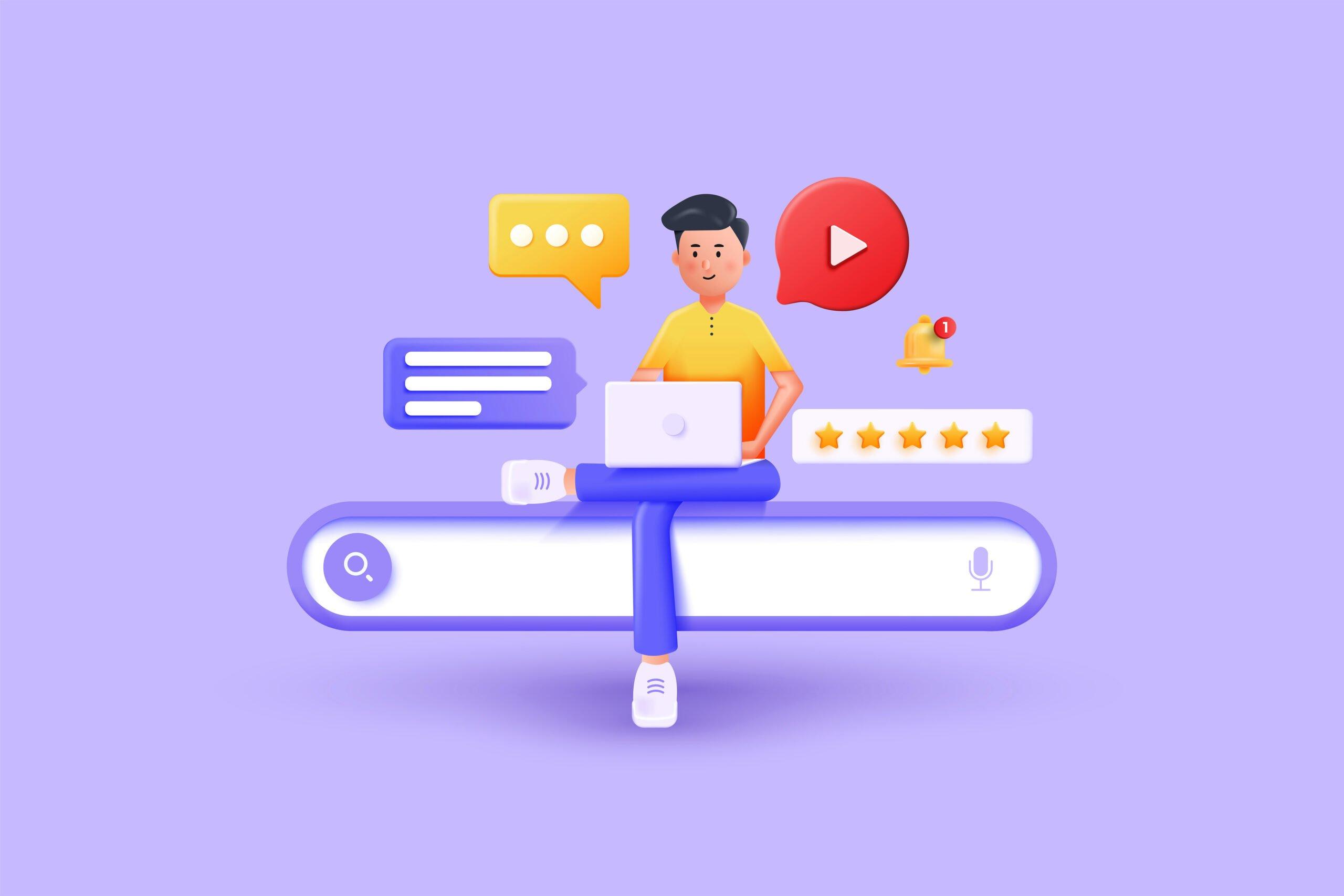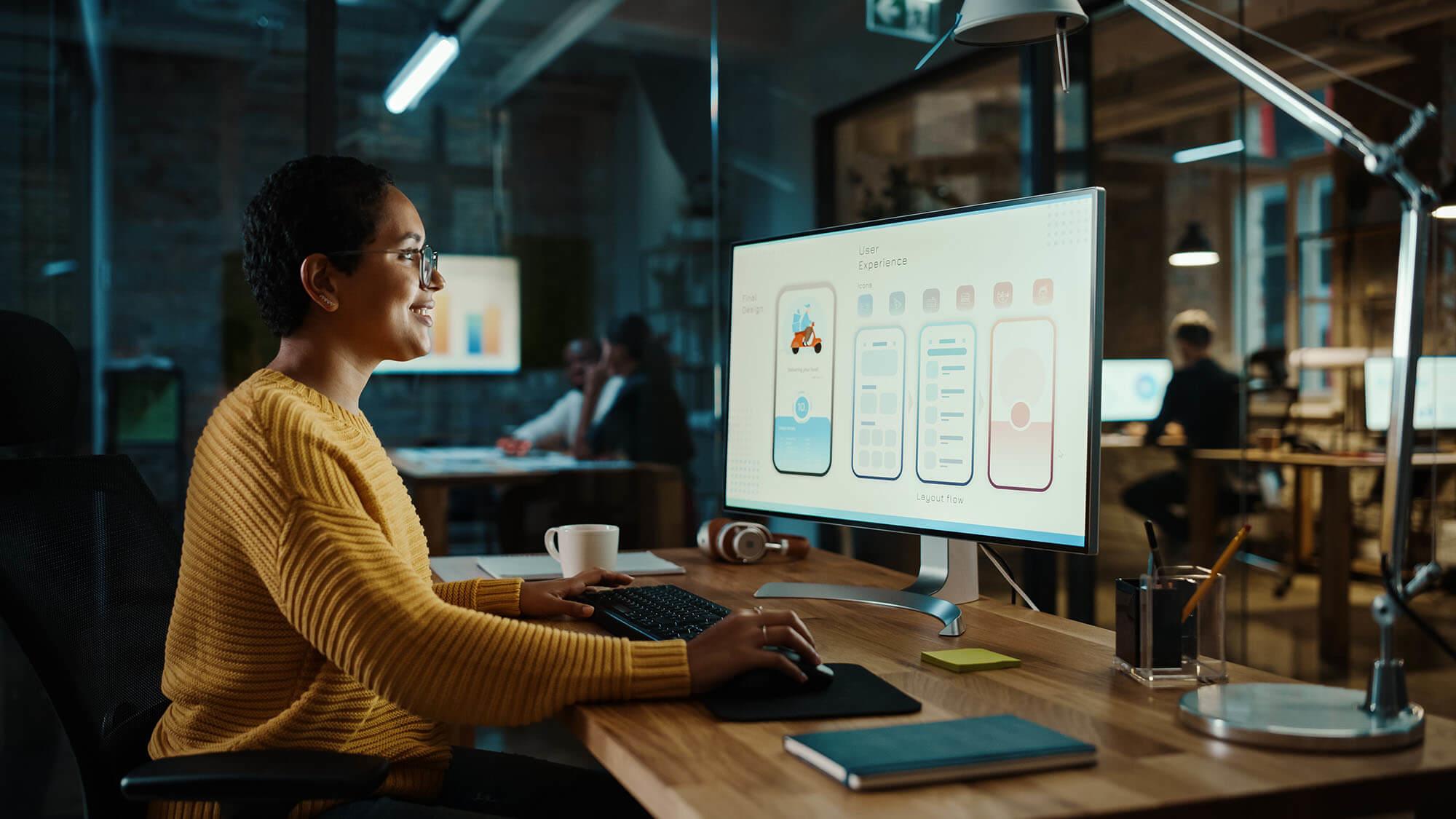Aligned Position Web Design: Building Responsive, Mobile-Friendly Websites for Modern Users
Wiki Article
The Very Best Kinds Of Website Design to Enhance Individual Experience and Interaction
In the ever-evolving landscape of electronic communication, the effectiveness of Web layout considerably impacts user experience and involvement. Numerous layout strategies, such as minimalist, receptive, and interactive layouts, each deal one-of-a-kind benefits that can accommodate varied user demands. Comprehending which sorts of website design best serve these goals can be essential for companies aiming to boost client fulfillment and retention. Nevertheless, the question remains: which design elements truly resonate with customers and foster purposeful involvement? The expedition of these concepts exposes important understandings that may redefine your approach to website design.Minimal Website Design
As digital landscapes end up being significantly messy, minimalist Web layout has arised as a powerful technique to boosting customer experience. This design approach prioritizes simplicity, focusing on essential aspects while eliminating unneeded diversions. By making use of ample white space, simple navigating, and a restricted color palette, minimalist style fosters clarity and routes customer interest to crucial material.The core concept of minimal Web design is to create a seamless communication for individuals. By reducing cognitive load, individuals can promptly comprehend info without feeling overwhelmed. This direct technique not just improves usability yet additionally encourages involvement, as site visitors are much more most likely to explore a site that is easy and visually appealing to navigate.
In addition, minimalist layout usually highlights typography and images, making use of these elements strategically to convey messages successfully. This emphasis on essential parts can enhance brand name identification and create an unforgettable user experience. Basically, minimal website design is not just a trend; it is a thoughtful technique that acknowledges the value of user-centered design. By removing away supplementary aspects, developers can produce a more interesting, reliable, and pleasurable Web experience for all users.
Responsive Web Style
In today's diverse electronic setting, responsive website design has actually ended up being necessary for creating a smooth customer experience across a multitude of gadgets. As individuals accessibility sites on mobile phones, laptop computers, tablets, and desktop computers, the capability of a web site to adjust its layout and content to various display sizes and resolutions is crucial.Receptive website design utilizes flexible grids, images, and CSS media queries to make certain that Web content exists efficiently, despite the gadget used. This strategy not just improves the visual appeal of a site however also substantially improves functionality. Customers are most likely to involve with a site that supplies a consistent experience, as it eliminates the frustration of needing to zoom in or scroll excessively.
Furthermore, online search engine, including Google, focus on mobile-friendly websites in search rankings. By embracing responsive layout, organizations can improve their exposure and reach a broader target market. This method also simplifies website upkeep, as a solitary variation of the site can provide to all tools, minimizing the requirement for numerous variations. In summary, responsive website design is a fundamental technique that boosts individual experience, involvement, and total satisfaction.
Interactive Website Design
Receptive Web layout lays the foundation for enhancing user experience, yet interactive Web design takes this a step better by involving users in a more dynamic means - Aligned Position Web Design. By including components such as animations, clickable prototypes, and real-time responses, interactive website design astounds customers, drawing them into a richer browsing experienceThis approach not just fosters engagement yet additionally motivates users to check out content proactively as opposed to passively consuming it. Strategies such as gamification, where users earn rewards for completing jobs, can considerably boost the moment invested in a website and boost total fulfillment. Interactive attributes can simplify complex info, making it a lot more digestible and enjoyable.

Including interactive layout elements can also cause greater conversion prices, as users are much more most likely to involve with a site that proactively includes them. Aligned Position Web Design. Inevitably, interactive website design transforms customer experiences into remarkable trips, making sure that site visitors return time after time
Apartment Style
Identified by its minimalistic technique, level style stresses simplicity and capability, stripping away unneeded elements and focusing on vital functions. This design ideology click here for more info focuses on usability, making sure that users can browse interfaces with convenience and effectiveness. By utilizing a tidy visual, flat design eliminates the mess often discovered in more luxuriant styles, therefore improving user focus on web content and performance.The characteristic of flat design lies in its use bold colors, basic typography, and geometric shapes. These aspects add to an aesthetically appealing interface that is both contemporary and approachable. In addition, flat style fosters a sense of clarity, permitting customers to determine vital activities and information without distraction.
In addition, flat layout is specifically effective in responsive Web design, as its simplicity converts well throughout different tools and screen sizes. By focusing on vital features, level layout not only satisfies customer requirements but also motivates seamless interaction, making it an important part of effective Web style strategies.
Flexible Website Design
Adaptive Web layout customizes the user experience by producing multiple taken care of designs tailored to different display dimensions and tools. Unlike receptive design, which fluidly adjusts a single layout, adaptive style employs distinctive designs for particular breakpoints, making certain optimal discussion on various platforms. This strategy permits developers to concentrate on the special attributes of each gadget, enhancing functionality by supplying specifically what customers need based upon their context.Among the main benefits of flexible Web layout is its ability to optimize tons times and efficiency. By offering tailored material and photos that fit the customer's gadget, websites can decrease data use and enhance loading rates. This is specifically valuable for users with slower links or minimal information strategies.

Furthermore, adaptive layout assists in a much more constant and controlled branding experience. Considering that designers develop numerous formats, they can make certain that the visual aspects line up with the brand name's identity across different systems - Aligned Position Web Design. This leads to a cohesive individual experience, boosting interaction and promoting individual retention
Conclusion
Finally, the combination of minimalist, responsive, and interactive website design principles dramatically enhances customer experience and interaction. Minimal layout fosters clarity and focus, while responsive layout guarantees versatility throughout different tools, promoting access. Interactive design astounds individuals with vibrant aspects, urging exploration and customization. Collectively, these style comes close to contribute to the development of user-friendly atmospheres that not just boost contentment however likewise drive higher conversion prices, highlighting their essential importance in modern website design strategies.
Minimal layout promotes quality and focus, while receptive design ensures flexibility across various gadgets, advertising ease of access. Jointly, these layout comes close to contribute to the production of user-friendly settings that not just enhance complete satisfaction but also drive greater conversion rates, highlighting their vital relevance in modern Web style techniques.
Report this wiki page